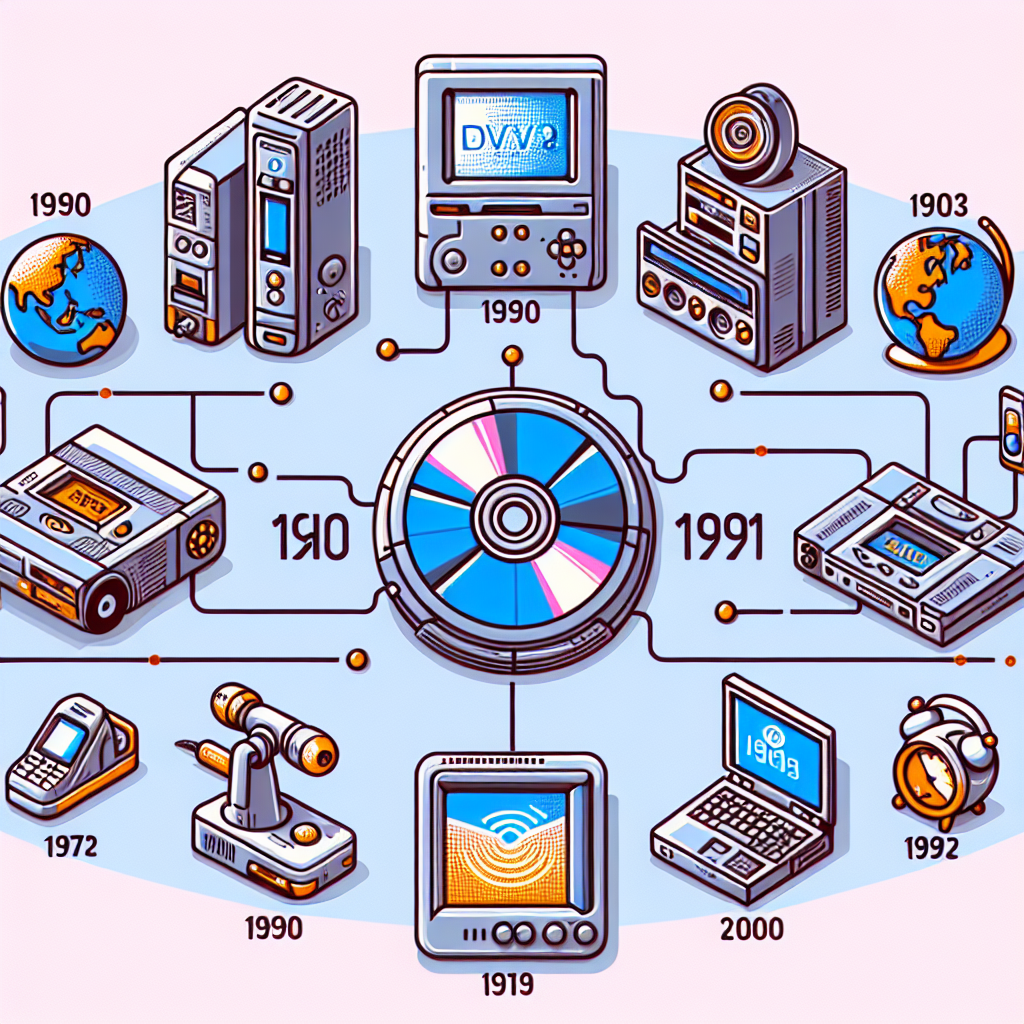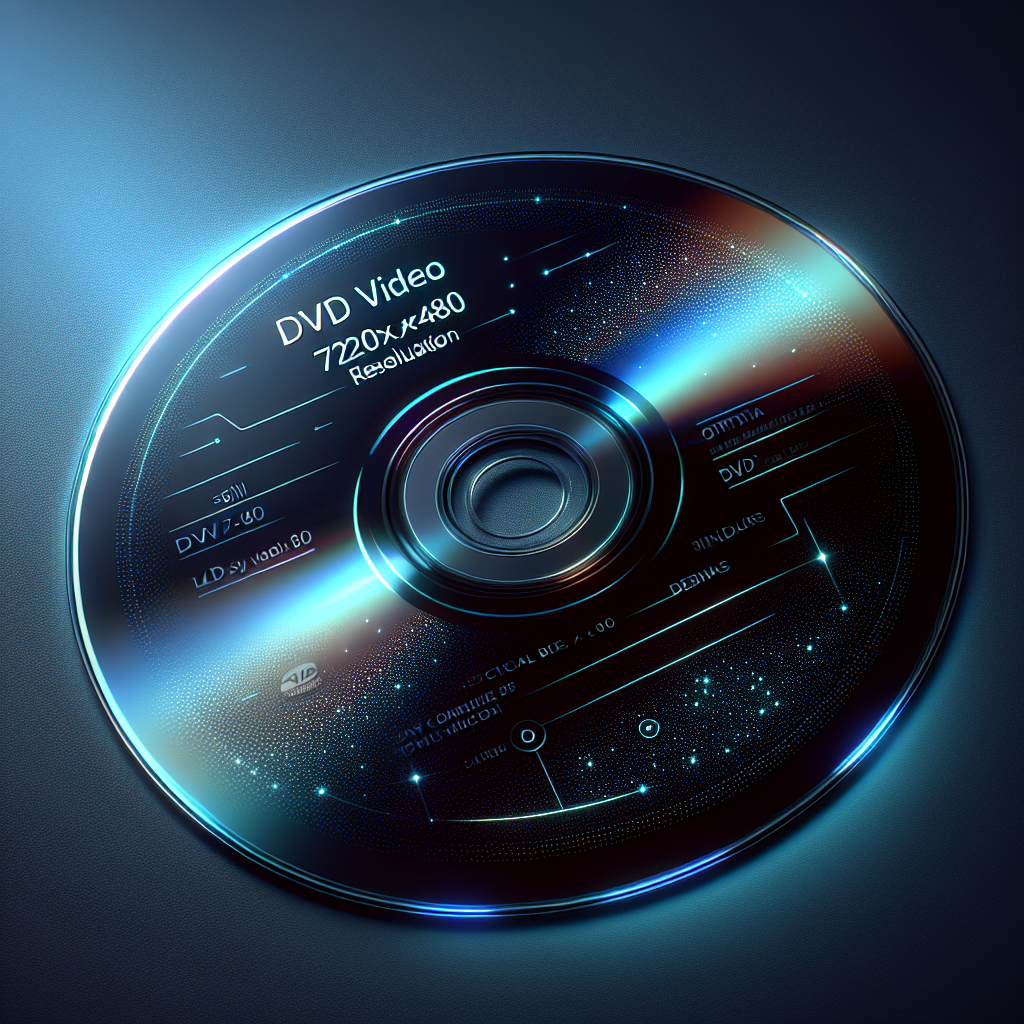Exploring the Mystifying World of DVDs
By Technomedia Knowledge Share
Today, in our digital age, understanding older technologies, such as DVDs (Digital Versatile Discs), can be intriguing and relevant. Learning what a DVD is might not be high on your tech agendas, but let us step back and appreciate this fantastic piece of technology that held the entertainment world in inertia during the late 90s and early 2000s. It’s essential to understand where we came from to appreciate where we are going, emphasizing the significance of the topic at hand.
A Cause for Nostalgia: Introducing DVDs
In essence, a DVD is an optical storage medium primarily used for storing large volumes of data, such as high-quality video and movies. Commonly known as Digital Video Discs until the late 90s, its name changed to Digital Versatile Disc to demarcate the technology’s versatile role in storing data other than video content.
Why Should We Learn About DVDs?
Before the age of streaming platforms and cloud storage, DVDs held the entertainment world by the reins, bringing high-quality video content to home theatres everywhere. Understanding the nuances of this technology provides a valuable insight into our technical progression, reshaping the entertainment industry and setting the groundwork for the digital age to come.
Scratching Below the Shiny Surface: Anatomy of a DVD
A DVD is composed of several layers. The bottom layer is made of polycarbonate plastic, above which lies a thin sheet of aluminium. Above this aluminium layer is a layer of lacquer, and the topmost layer carries the label. The information is stored digitally on the DVD in a spiral track of pits and lands, starting at the center and spiraling out to the edge.
Your Passport to Entertainment: Types of DVDs
There are several types of DVDs, each with its own unique characteristics and uses. Some of the types are listed below:
- DVD-Video: These are pre-recorded DVDs containing film and music.
- DVD-ROM: These are read-only DVDs and contain data which cannot be modified or erased.
- DVD-R and DVD+R: These are recordable DVDs that can be written to only once.
- DVD-RW and DVD+RW: These are rewritable DVDs that can be erased and re-recorded multiple times.
DVD vs New Age Media: A Comparison
The advent of streaming platforms such as Netflix, Amazon Prime, etc., and the easy accessibility of cloud storage has significantly reduced DVD usage. However, it’s important to note that DVDs still remain relevant in areas with limited internet connectivity. Furthermore, DVDs ensure owners’ control over their content, unrivalled by current digital platforms.
Final Touch: Perks and Downsides of DVDs
Understanding the advantages and disadvantages of DVDs gives us a more holistic perspective. DVDs offer superior video and audio quality along with perennial ownership of content. However, their limitations are in durability, susceptibility to scratches and damages, and their requirement for a DVD player for access.
Wrapping Up the Disc-ussion
As our digital world keeps evolving, it’s crucial to remember and acknowledge the contributions of technologies such as DVDs – our gateway to digital entertainment and data storage. DVDs may no longer be at the technological forefront, but they are vital links in our digital journey.
About The Author
Technomedia Knowledge Share has been an authority in interpreting and explaining technological innovations for over a decade. We thrive on enlightening readers about the awe-inspiring world of technology, with our extensive research and straightforward approach.




